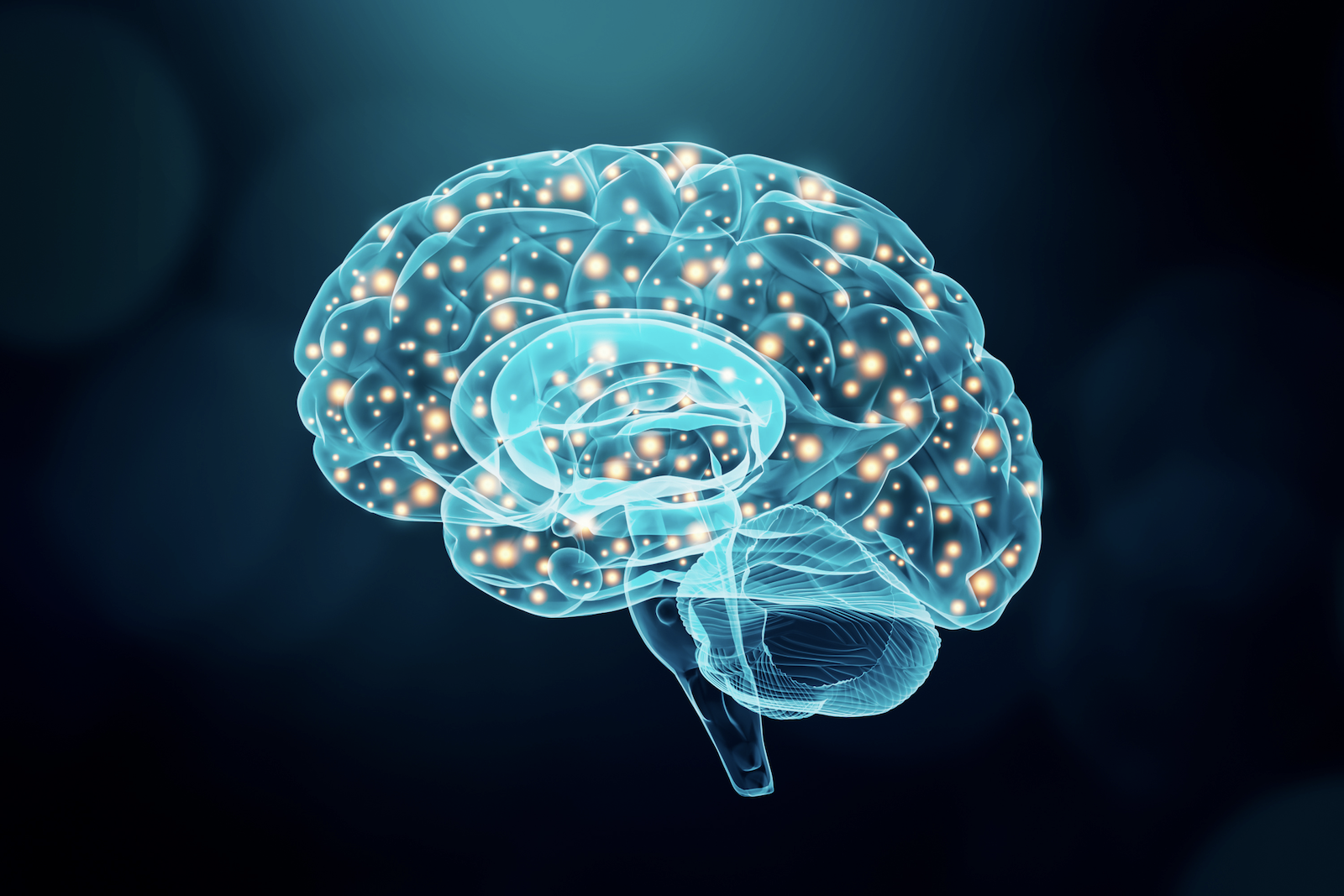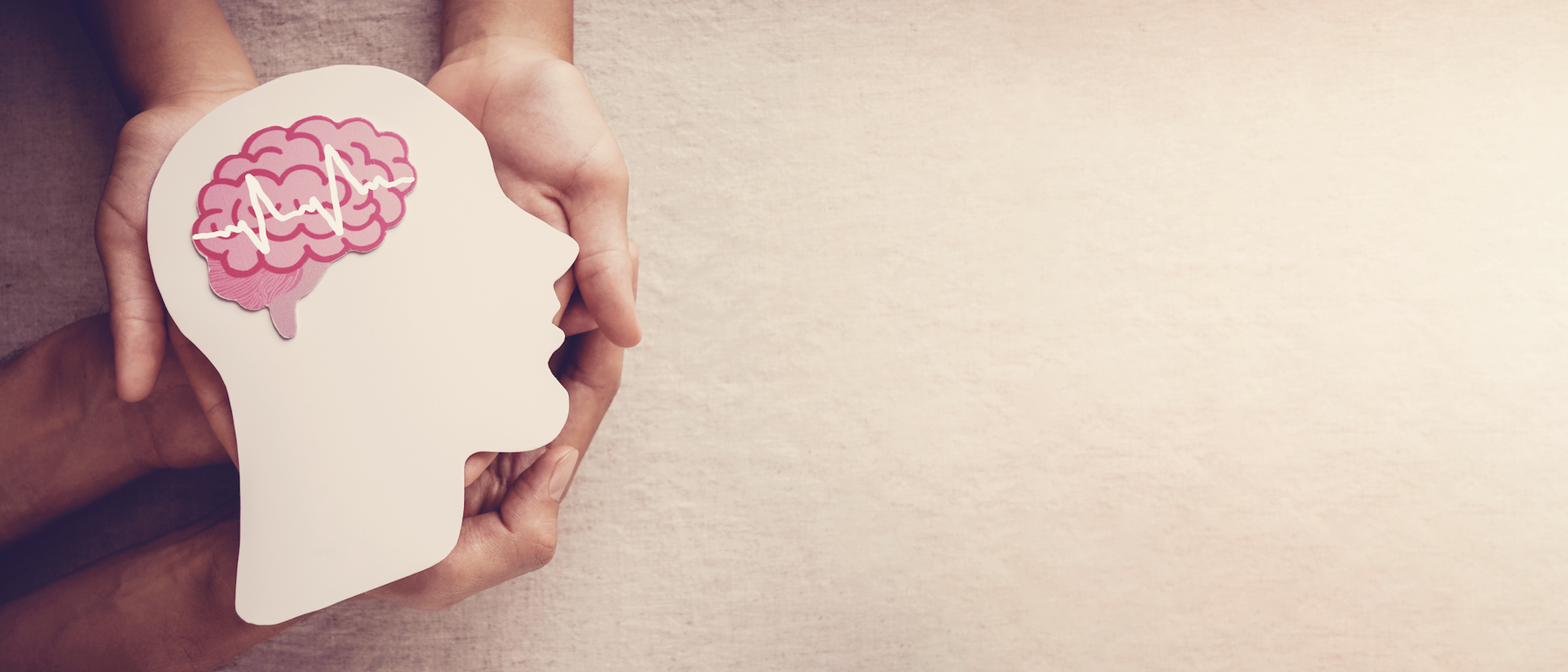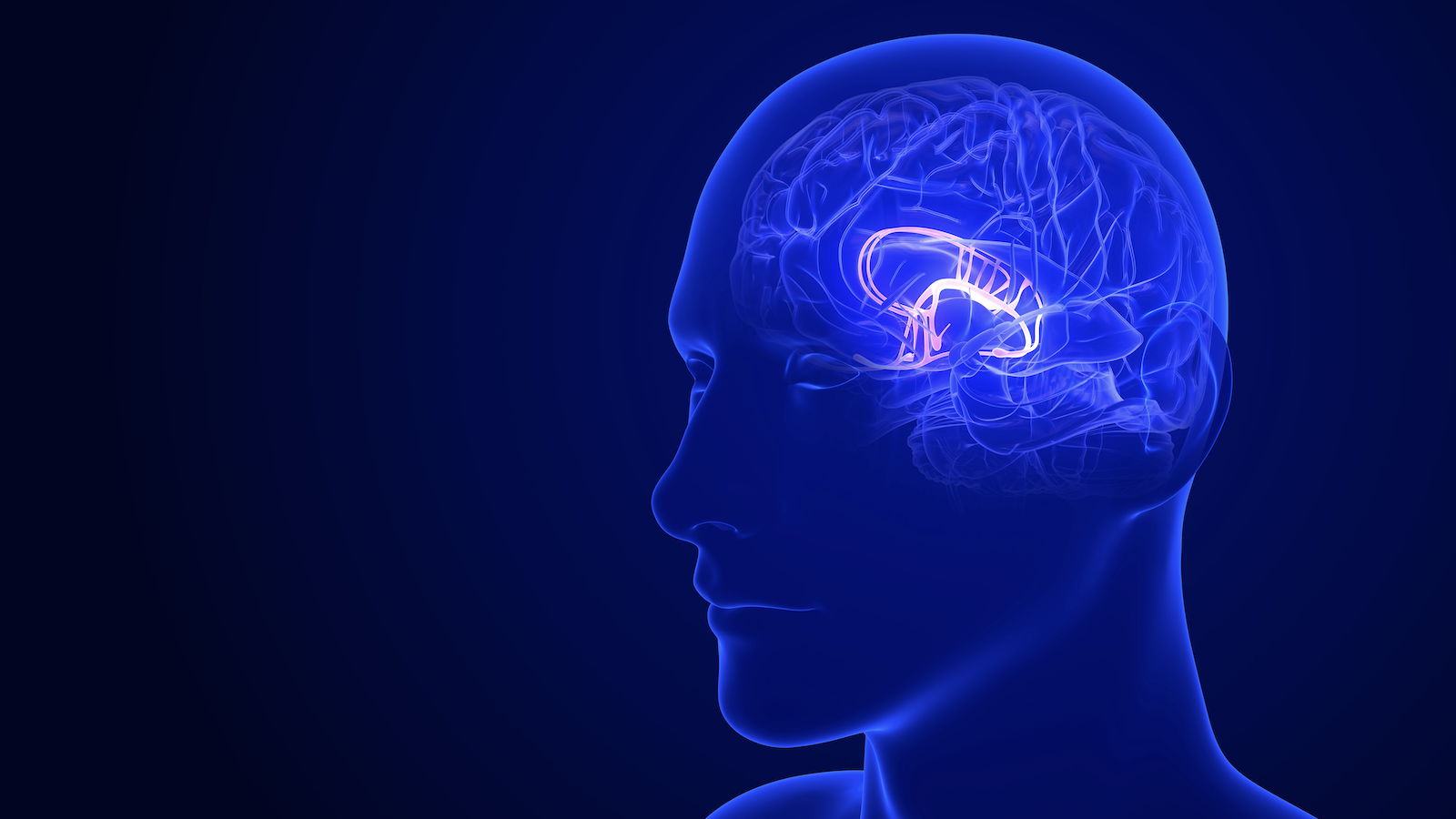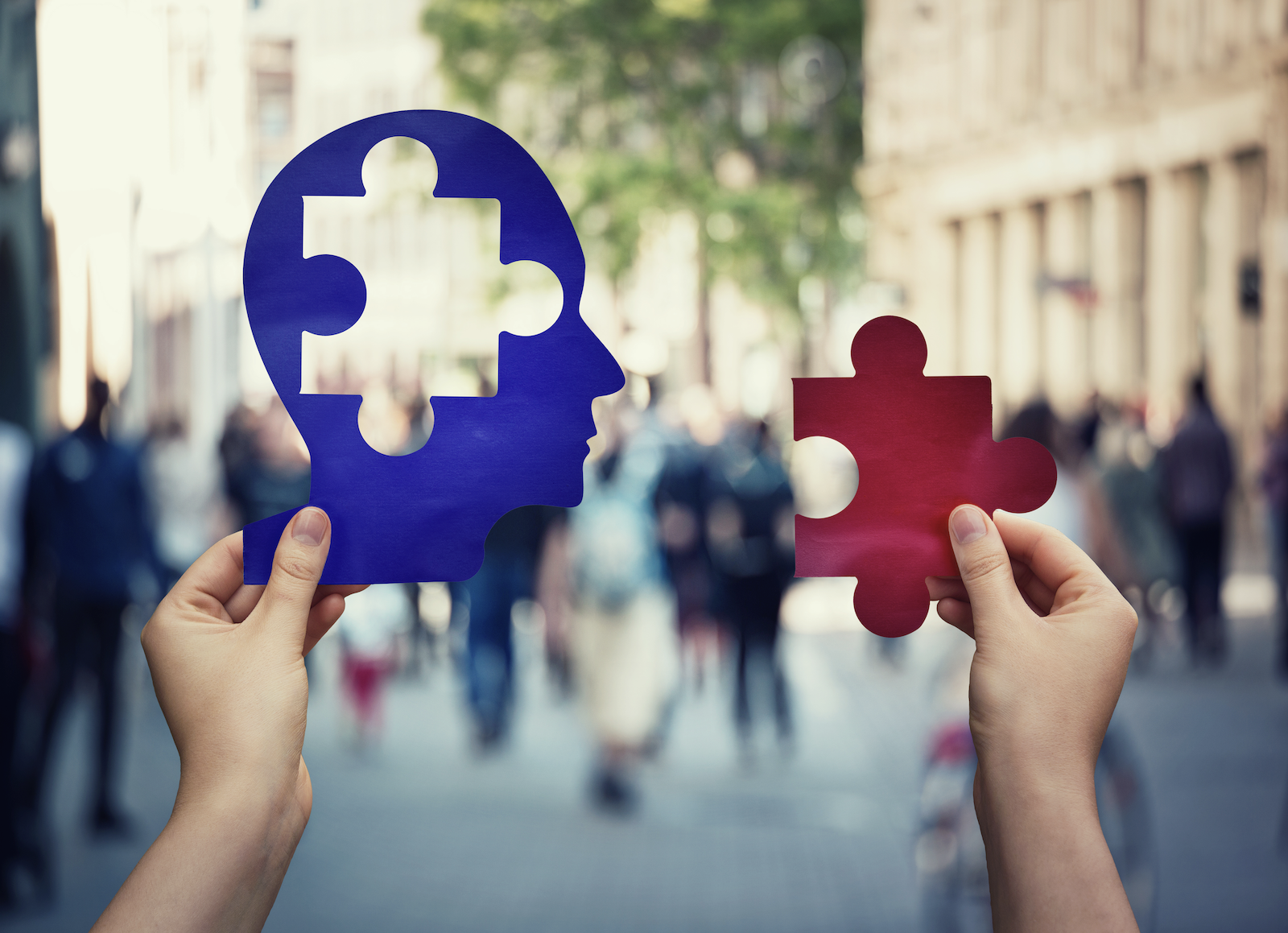Neuroplasticity Training: A Missing Piece to Chronic Illness
Neuroplasticity Training Can Be Used for Brain Trauma and Chronic Illness.
- What Is Neuroplasticity?|
- Regions of the Brain|
- How Can Neuroplasticity Help?|
- Neuroplasticity and Chronic Illness|
- Everyday Neuroplasticity Exercises|
- Neuroplasticity for Healing|
- Recommended Products|
- Neuroplasticity is the brain’s ability to rewire itself in order to improve functioning in daily life.
- Neuroplasticity training is anything that helps create or change neural connections in the brain. This can range from occupational therapy exercises for stroke patients, to mindfulness for anxiety.
- Different parts of the brain are trained depending on what you are trying to improve.
- Neuroplasticity training requires repetition, meaning you train the brain over time, so consistency is key.
Neuroplasticity training may be a missing piece in chronic pain, chronic illness, anxiety, trauma, and even food reactivity that has not improved with diet and gut healing. It can also help to improve cognitive function. So how does it work?
The brain has the amazing ability to rewire itself so that we can learn new skills, function better, decrease chronic pain, and even regain functioning after a stroke or traumatic brain injury. This ability is referred to as neuroplasticity. In this article we will discover how to harness the power of neuroplasticity to improve our cognitive abilities, mental, and physical health.

What Is Neuroplasticity?
Simply defined, neuroplasticity is the brain’s ability to rewire itself. The brain makes structural, functional, and connective changes based on internal and external stimulus, thus changing the way we mentally and physically function [1].
A neuroplastic change can be helpful, neutral, or harmful. When it is helpful, it might make us better at something (like a chosen sport), and when harmful, it might result in a trauma response or phantom limb pain after an injury. Neuroplasticity training is when we do things to help the brain rewire itself. It is a form of training because it must be done repeatedly over time, because the brain learns and rewires through repetition.
There are two primary ways that the brain changes:
- Neurons: Neurons are cells in the brain that take in information from our environment as well as send motor signals to the rest of the body. There are three types of plasticity of the neurons [1]:
- Neuronal regeneration (when neurons are regrown or repaired)
- Collateral sprouting (when the axons of healthy neurons (brain cells) grow into nearby damaged nervous tissue.)
- Neurogenesis (when the brain makes new neurons in adulthood.)
When we are babies, we have plenty of neural connections (synapses). As we interact with our environment, our brains keep the synaptic connections we use a lot and prune off the synapses we do not use. This is why it may be harder for adults to learn a musical instrument. As a child, those synaptic connections were pruned away. However, thanks to neurogenesis (the brain’s ability to make new neurons in adulthood,) we still can learn to play music as an adult [1].
- Functional reorganization: This occurs when a functional part of the brain takes over the functions lost by another part of the brain, often due to damage to part of the brain.
The human brain has a few different ways that the neurons can rewire and help us function better in our everyday life.
What is Neuroplasticity Training?
There are many different types of neuroplasticity training that may be used to achieve different goals.
Occupational therapy is one form of neuroplasticity training often used to train a different part of the brain to take over functions (such as using utensils) that were lost due to brain damage from stroke.
Brain training games aim to rewire the brain to help increase cognition. Learning a new instrument or a new sport can improve visual input and processing, increase cognition, response time, and spatial awareness. Meditation can even train the brain to decrease pain signals in chronic illness [2].
Many neuroplasticity training programs aimed at healing involve specifically targeted mind-body modalities including meditation or mindfulness training, breathwork, visualization, cognitive behavioral therapy, and emotional restructuring therapy.

The Regions of the Brain
Before we try neuroplasticity training, it is helpful to know that different parts of the brain control different parts of our physical and mental health. When choosing what kind of neurological training programs you want to try, you want to know what brain region and/or function you’re targeting.
Neuroplasticity training generally targets the limbic system, a set of brain structures including the amygdala and the hippocampus [3], which together are responsible for emotion, behavior, and memory [4].
Here is a simplified chart of some of the regions of the brain and how they affect our daily functioning.
| Brain Region | What It Does | What Happens When It Is Damaged or Not Functioning Well |
| Prefrontal cortex (PFC) [5] | This area gives us our personality. It is where we process environmental input, compare it to past experience, and make choices in how to respond or react. This is also where our beliefs form about how the world works. The PFC is the site of insight, foresight, and long-term planning. | Lack of inhibition, indifference, loss of motivation, and personality changes. |
| Hippocampus and Amygdala [6] | Located together near the bottom of the brain and part of the limbic system, they are instrumental in regulating emotion, memory, and the autonomic nervous system. | Anxiety, PTSD (post traumatic stress disorder,) emotional dysregulation, poor digestion, chronic pain, inability to regulate blood pressure and body temperature, staying in survival mode (fight, flight, or freeze). |
| Cerebral Cortex: Frontal, Temporal, Parietal, and Occipital Lobes [7] | All four lobes of the brain are part of the prefrontal cortex. Each lobe not only has a role in mood and behavior (as noted in the prefrontal cortex section above), but each one takes care of different types of physical input. | Frontal: motor skills and language Temporal: visual memory, language comprehension, and sound (auditory) processing Parietal: integrates sensory system with the visual system and affects the use of the hands and eyes as well as ability to understand mathematics Occipital: processes visual input |

How Can Neuroplasticity Training Help?
There are many ways that neuroplasticity training can help us with everyday life functioning or with more serious issues such as stroke, chronic pain, cognitive decline, anxiety, and depression. Let’s look at the neuroscience supporting the benefits of neuroplasticity training:
- Increases learning ability. Synaptic plasticity is important in the processes of learning and memory. It allows us to learn new skills [8], which helps support synaptic plasticity.
- May improve cognitive function. Even though older adults with cognitive decline, such as mild cognitive impairment found in early stage Alzheimer’s disease, may have less ability to create new neural pathways, there are ways to activate neuroplastic reorganization to help improve cognitive function [9].
- May help to treat psychosis. While the research is still preliminary, neuroplasticity-based cognitive training (NBCT) has shown promise in treating major psychotic disorders [10].
- May help to improve brain function after traumatic brain injury or stroke. Cognitive rehabilitation therapy, such as training to improve executive function, cortical plasticity, language and memory, has shown a moderate ability to improve memory after traumatic brain injury and stroke [11].
- May decrease pain, fatigue, and anxiety. Amygdala-focused neurofeedback has been shown to decrease chronic pain, fatigue, and anxiety in fibromyalgia patients [12, 13].

Neuroplasticity Training for Chronic Illness and Pain
One of the areas of neuroplasticity training I have found particularly helpful for my patients is in treating chronic illness.
For some people, diet, supplements, gut healing, and treatment for gut bacteria have not helped resolve their symptoms. In these cases, neuroplasticity training is often the missing piece of the puzzle.
In this type of neuroplasticity training, we are really looking at training the limbic system (which includes the amygdala) to improve health outcomes. We focus on the limbic system because past physical and emotional trauma, including, chronic health issues may trigger limbic system imbalances.
How does this happen? Our brain is always trying to keep us safe by assessing our environment for threat. When the limbic system (in particular the amygdala) perceives a threat, it will trigger a defensive response. This is the fight, flight, or freeze response which often shows up as physical pain or emotional response.
Every time an event triggers a fear response, the brain remembers that. The limbic system is wired, through neuroplasticity, to have a threat response any time a similar event happens, whether it is threatening or not [14].
For example, let’s say you have been dealing with chronic health issues of bloating, joint pain, brain fog, fatigue, and stomach pain for a few years. You tried many different treatments to resolve these issues, and they did not get better.
Eventually you start a low-inflammatory diet, heal your gut, and you do start to feel better. You have energy, no stomach pain, and your brain fog is gone. But then you try to introduce a new food and you bloat a little. This bloating is often normal in digestion, but since bloating in the past has been a sign of threat to your body, the limbic system may have an overactive response and send additional signals of pain to your stomach and joints [15]. You may also experience anxiety and fear.
Retraining the limbic system to respond less defensively to these past triggers can therefore be an important part in healing chronic illness.
This does not mean your symptoms or pain are “all in your head.” It means that the brain is very good at doing its main job — keeping you safe. Just like it took repeated experience for the brain to have an immediate threat response to anything in the past that caused stomach pain and brain fog, it will take time for it to rewire to know you are safe now.

Neuroplasticity training for the limbic system may help to reprogram overactive limbic system responses and overstimulation of the nervous system and bring your systems back into balance. Let’s look at some of the research:
- A 2020 pilot randomized controlled trial with 41 fibromyalgia patients found that eight months of mindfulness plus amygdala and insula retraining (MAIR) led to not only less functional impairment, anxiety, and depression, but also significantly less pain catastrophizing and psychological rigidity — even three months after the study was over [13].
- Amygdala retraining techniques (ART) for chronic fatigue syndrome (CFS) led to improvements in daily functioning by as much as 80-100% [16].
- In fibromyalgia patients, body awareness interventions including mindfulness meditation, massage, tai chi, craniosacral therapy, breathing/posture techniques, guided imagery, relaxation programs, yoga, and hypnotherapy had positive effects on fibromyalgia impact, pain, anxiety, depression, and quality of life [2]. These exercises all target calming the limbic system.
I recently spoke with Dr. Ashok Gupta about how he has been using the Gupta Program Brain Retraining™ limbic retraining system to help people improve chronic illness when other methods have failed, and he helped to shed some more light on how and why this type of neuroplasticity or amygdala training can be so effective. This type of brain training has certainly been helpful and powerful for my patients in the clinic when introduced at the right time.
Everyday Neuroplasticity Training Exercises
In more severe cases, such as with stroke or brain injury, it is best to work with a doctor to find what type of neuroplasticity exercises will target specific areas of the brain.
However, there are many things that we can do every day (which makes the repetition needed to rewire the brain easier) to increase neuroplasticity, make new neural connections, and improve wellness.

Learning New Things Can Strengthen Neural Networks
Learning new things strengthens existing neural connections and forms new neural connections between the different brain areas [1]. It also helps improve cognitive skills and support both short-term memory and long-term memory. Learning complex new things uses different brain functions all at once, increasing activation and connectivity between neurons.
Ways to Learn New Things
- Physical exercise: Learning a new physical activity that includes hand-eye coordination, change in direction, and aerobic exercise creates new pathways between different brain regions [1]. It also increases brain-derived neurotrophic factor (BDNF) which is important in supporting neuroplasticity [17].
- Creativity: Take up a new creative hobby, such as learning a new instrument.
- Brain games: Apps like BrainHQ, CogniFit, or Cogmed Working Memory Training can offer great brain exercises that may help improve cognitive skills.
Calming the Limbic System
Using neuroplasticity to decrease the threat response in the brain and calming the limbic system may help you heal from chronic illness and decrease anxiety and other psychological and physical pain.
Ways to Calm the Limbic System
- Gupta Program Brain Retraining™: A comprehensive program, available online, focusing on the mind-body connection and neural pathways that can help to resolve chronic illness.
- Mindfulness: Can include any type of meditation or mindful exercise (tai chi). Mindfulness not only helps increase grey matter in the brain. It increases brain volume and reduces the brain shrinkage that can happen with aging [18, 19].
- Breathwork: There are many types of breathwork, but it is important to start with one that does not trigger a fear response for you. For many people, holding their breath or breathwork that involves fast breathing triggers fear. A simple practice is making the exhales longer than the inhales. Start by breathing in for three counts and out for four, and repeat 10 times.
- The Apollo Neuro is a wearable device that senses when we are experiencing stress and uses touch therapy, through gentle vibration, to calm our nervous system and retrain it over time to manage stress better.

Neuroplasticity for Healing
Decades ago, neuroscientists used to believe that the brain never changed. Now we know that is not true. Harnessing brain plasticity can dramatically improve our quality of life, and there are many ways to incorporate neuroplasticity into our everyday lives.
It is important to remember that all healing starts with good overall health, with an anti-inflammatory diet, gut healing, good sleep, and exercise. We always want to start with that stable foundation and then add in techniques such as neuroplasticity training.
However, if you are someone who has chronic mental and/or physical illness and you have already tried a low-inflammatory diet, healed your gut, and treated any gut imbalances but you are still struggling, neuroplasticity might be the missing piece to your wellness.
If you are struggling with your health and would like a more personalized treatment plan and to talk about neuroplasticity, reach out to our clinic.
Dr. Michael Ruscio is a DC, natural health provider, researcher, and clinician. He serves as an Adjunct Professor at the University of Bridgeport and has published numerous papers in scientific journals as well as the book Healthy Gut, Healthy You. He also founded the Ruscio Institute of Functional Health, where he helps patients with a wide range of GI conditions and serves as the Head of Research.➕ References
- Puderbaugh M, Emmady PD. Neuroplasticity. In: StatPearls. Treasure Island (FL): StatPearls Publishing; 2021. PMID: 32491743.
- Carleton RN, Asmundson GJG, Korol SL, LeBouthillier DM, Hozempa K, Katz JD, et al. Evaluating the efficacy of an attention modification program for patients with fibromyalgia: a randomized controlled trial. Pain. 2020 Mar;161(3):584–94. DOI: 10.1097/j.pain.0000000000001746. PMID: 31693540.
- Rajmohan V, Mohandas E. The limbic system. Indian J Psychiatry. 2007 Apr;49(2):132–9. DOI: 10.4103/0019-5545.33264. PMID: 20711399. PMCID: PMC2917081.
- Hariri AR, Bookheimer SY, Mazziotta JC. Modulating emotional responses: effects of a neocortical network on the limbic system. Neuroreport. 2000 Jan 17;11(1):43–8. DOI: 10.1097/00001756-200001170-00009. PMID: 10683827.
- Hathaway WR, Newton BW. Neuroanatomy, Prefrontal Cortex. In: StatPearls. Treasure Island (FL): StatPearls Publishing; 2021. PMID: 29763094.
- Abuhasan Q, Siddiqui W. Neuroanatomy, Amygdala. In: StatPearls. Treasure Island (FL): StatPearls Publishing; 2018. PMID: 30725787.
- Javed K, Reddy V, Lui F. Neuroanatomy, Cerebral Cortex. In: StatPearls. Treasure Island (FL): StatPearls Publishing; 2021. PMID: 30725932.
- Mateos-Aparicio P, Rodríguez-Moreno A. The impact of studying brain plasticity. Front Cell Neurosci. 2019 Feb 27;13:66. DOI: 10.3389/fncel.2019.00066. PMID: 30873009. PMCID: PMC6400842.
- Sherman DS, Mauser J, Nuno M, Sherzai D. The Efficacy of Cognitive Intervention in Mild Cognitive Impairment (MCI): a Meta-Analysis of Outcomes on Neuropsychological Measures. Neuropsychol Rev. 2017 Dec 27;27(4):440–84. DOI: 10.1007/s11065-017-9363-3. PMID: 29282641. PMCID: PMC5754430.
- Biagianti B, Castellaro GA, Brambilla P. Predictors of response to cognitive remediation in patients with major psychotic disorders: A narrative review. J Affect Disord. 2021 Feb 15;281:264–70. DOI: 10.1016/j.jad.2020.12.011. PMID: 33341008.
- Elliott M, Parente F. Efficacy of memory rehabilitation therapy: a meta-analysis of TBI and stroke cognitive rehabilitation literature. Brain Inj. 2014 Jul 24;28(12):1610–6. DOI: 10.3109/02699052.2014.934921. PMID: 25058353.
- Goldway N, Ablin J, Lubin O, Zamir Y, Keynan JN, Or-Borichev A, et al. Volitional limbic neuromodulation exerts a beneficial clinical effect on Fibromyalgia. Neuroimage. 2019 Feb 1;186:758–70. DOI: 10.1016/j.neuroimage.2018.11.001. PMID: 30408596.
- Sanabria-Mazo JP, Montero-Marin J, Feliu-Soler A, Gasión V, Navarro-Gil M, Morillo-Sarto H, et al. Mindfulness-Based Program Plus Amygdala and Insula Retraining (MAIR) for the Treatment of Women with Fibromyalgia: A Pilot Randomized Controlled Trial. J Clin Med. 2020 Oct 11;9(10). DOI: 10.3390/jcm9103246. PMID: 33050630. PMCID: PMC7599726.
- Kozlowska K, Walker P, McLean L, Carrive P. Fear and the defense cascade: clinical implications and management. Harv Rev Psychiatry. 2015 Aug;23(4):263–87. DOI: 10.1097/HRP.0000000000000065. PMID: 26062169. PMCID: PMC4495877.
- Yang S, Chang MC. Chronic pain: structural and functional changes in brain structures and associated negative affective states. Int J Mol Sci. 2019 Jun 26;20(13). DOI: 10.3390/ijms20133130. PMID: 31248061. PMCID: PMC6650904.
- Can Amygdala Retraining Techniques Improve the Wellbeing of Patients With Chronic Fatigue Syndrome: A Clinical Audit of Subjective Outcomes in a Small Sample – Prohealth [Internet]. [cited 2021 Jul 5]. Available from: https://www.prohealth.com/library/can-amygdala-retraining-techniques-improve-the-wellbeing-of-patients-with-chronic-fatigue-syndrome-a-clinical-audit-of-subjective-outcomes-in-a-small-sample-27689
- Miranda M, Morici JF, Zanoni MB, Bekinschtein P. Brain-Derived Neurotrophic Factor: A Key Molecule for Memory in the Healthy and the Pathological Brain. Front Cell Neurosci. 2019 Aug 7;13:363. DOI: 10.3389/fncel.2019.00363. PMID: 31440144. PMCID: PMC6692714.
- Van Elderen SSGC, Zhang Q, Sigurdsson S, Haight TJ, Lopez O, Eiriksdottir G, et al. Brain Volume as an Integrated Marker for the Risk of Death in a Community-Based Sample: Age Gene/Environment Susceptibility–Reykjavik Study. J Gerontol A Biol Sci Med Sci. 2016 Jan;71(1):131–7. DOI: 10.1093/gerona/glu192. PMID: 25359930. PMCID: PMC4706101.
- Hölzel BK, Carmody J, Vangel M, Congleton C, Yerramsetti SM, Gard T, et al. Mindfulness practice leads to increases in regional brain gray matter density. Psychiatry Res. 2011 Jan 30;191(1):36–43. DOI: 10.1016/j.pscychresns.2010.08.006. PMID: 21071182. PMCID: PMC3004979.


Discussion
I care about answering your questions and sharing my knowledge with you. Leave a comment or connect with me on social media asking any health question you may have and I just might incorporate it into our next listener questions podcast episode just for you!